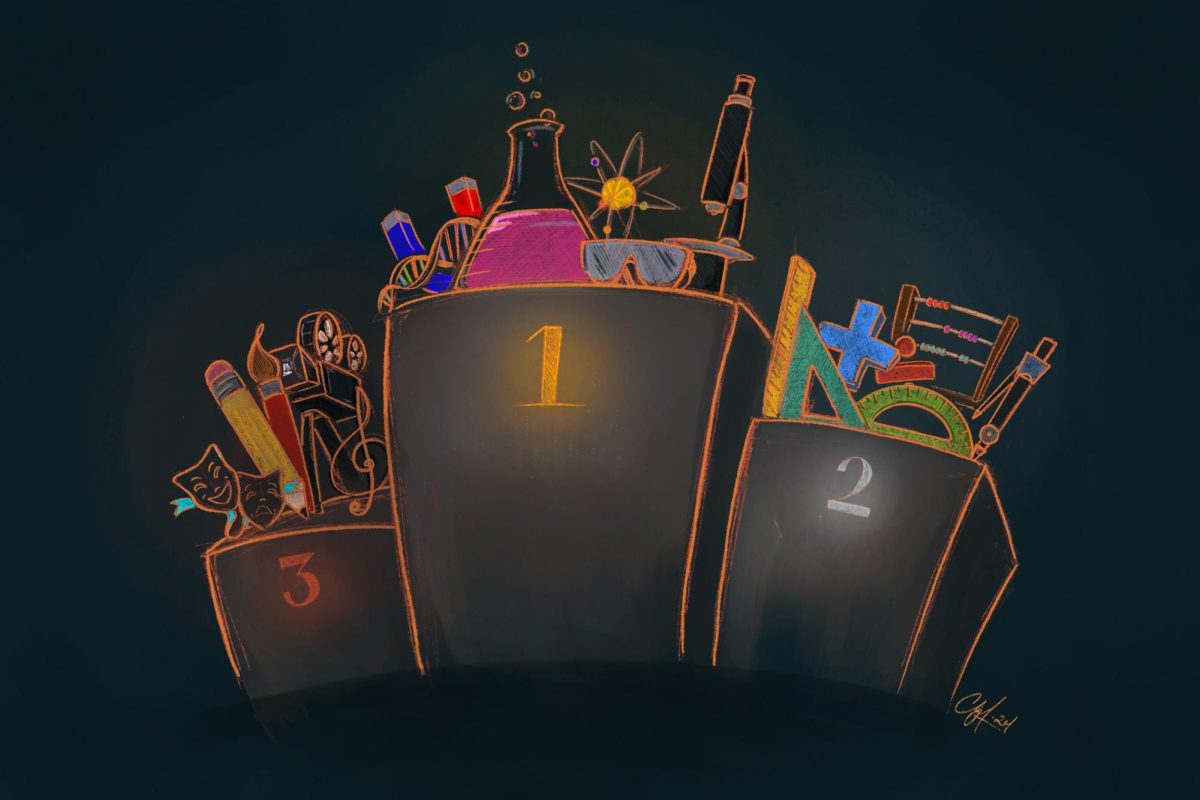The Romans had Dionysus, the god of wine. College students have John, the porcelain god. Both are mythical figures that people have prayed to while intoxicated.
By most accounts, alcohol consumption has been around since nearly the beginning of the human race. While it may have begun with some primitive people eating rotten fruit and getting a slight high, it has evolved into a raging social phenomenon that has many people spending their lives in an alcoholic haze.
While alcohol has become widely popular, its origins and distinguished history have remained widely unknown to many of those who partake in its many wonders.
What is Alcohol?
Alcohol is a depressant drug that affects the brain and causes reduced social inhibitions and relaxes the body, according to an Area 51 alcohol information Web site located at http://area51.upsu.plym.ac.uk/ ~harl/graphical/grphalc.html
Alcohol is produced when sugars come into contact with airborne yeast and ferment. This process most commonly occurs in fruits, vegetables and grain; however, alcohol can be produced from just about any fermentable material, including flowers, honey, the sap of trees, milk and almost any plant or animal substance that contains carbohydrates or sugar, according to an article called “”The History of Alcohol, Part I”” at http://get.theinfo.org/alcohol1
While there are several different types of alcohol, the types most commonly used in alcoholic drinks are ethynol and ethyl alcohol.
History
Alcohol consumption is thought to date back to prehistoric man. Some modern-day animals have been observed to consume fermented fruits and enjoy the slight high that it brings, so it is thought that early man also experimented with the intoxicating effects of fermented fruits.
One of the earliest mentions of wine making comes from an Egyptian papyrus that dates back to 3500 B.C., according to the British alcohol information site mentioned above.
Paintings on ancient walls revealed that the Egyptians were also accomplished beer makers as well, according to “”A History of Beer and Alcohol,”” located at http://wy.essortment.com/beeralcoholhis_rueh.htm
These wall paintings showed models of breweries and descriptions of the types of beer that were made.
According to the Web site, the Egyptians made three different types of beer. Red beer was the most common, made by mixing undercooked loaves of barley or wheat bread with water and crushed wheat and allowing it to ferment in the sun. The liquid was then drained and stored. This beer is still made in Sudan and parts of Egypt. Sweet beer and black beer were also made by the Egyptians.
Once people discovered that alcohol could be produced by fermenting sugar, it was being “”manufactured”” around the world. In tropical areas, it was common to use the sap of palm trees and cactus. In the far East and Europe, honey and milk were used to produce alcohol. In the early days of the United States, it was common to use corn, barley, wheat, sugar cane, potatoes and other plants to make alcohol, according to “”The History of Alcohol, Part I.””
According to the article, alcohol soon became a large part of many tribal and religious ceremonies.
Two Dutch colonists were the first to establish a private brewery in America in 1612, according to “”A History of Beer and Alcohol.”” The brewery was located on the tip of Manhattan Island, where the first Dutch-American child was born, a site thought to be good luck by many of the settlers.
According to the same Web site, the first public brewery was opened in the United States in 1622 in New Amsterdam.
Beer making was a struggle for early settlers due to a lack of grains and hops, necessary to make the beer. Even today, there are only three states that grow hops: Idaho, Washington and Oregon.
Its Affects
The main attraction of alcoholic drinks is their ability to produce a state of intoxication.
According to the Area 51 Web site, alcohol is absorbed into the bloodstream anywhere from five to 10 minutes from its ingestion. It then travels through the blood stream and delivers the alcohol throughout the body. The result is a relaxation of the muscles, which can lead to poor coordination. Increased amounts of alcohol in the system can lead to slurred speech, double vision, loss of balance and nausea.
If enough alcohol is ingested, the results can be deadly. Since alcohol is a toxic agent, the body will respond to it by trying to get rid of it.
Initially, the body will attempt to do so through urination. If there is still an excess amount of alcohol in the system, the body may induce vomiting in an attempt to expel the toxin. If there is still a lot of alcohol in the system, the body will shut down and the person will lose consciousness. If not treated properly, this can lead to death. This is called alcohol poisoning.
The Laws
Throughout American history, alcohol has been the target of the law. While some may think that life before Prohibition was one big alcoholic haze, even the early colonists had strict laws against alcohol consumption.
In 1633, Plymouth Plantation prohibited the sale of spirits “”more than two pence worth to anyone except strangers just arrived,”” according to a paper prepared by Jane Lang McGrew, an attorney from Washington, D.C.
In 1637, Massachusetts ordered that no person should remain in a tavern “”longer than necessary occasions.””
While such laws were common in the colonies, there was no attempt to prohibit the sale of alcohol prior to the 18th century. Even then, there was no widespread prohibition, at least not until the 20th century.
In 1920, the United States ratified the 18th amendment to the Constitution of the United States. This amendment prohibited the sale of alcohol in the United States.
As it turns out, the amendment did not eradicate the use of alcohol in the United States. In fact, it opened the door for mobsters and criminals to brew their own alcohol and become rich off its illegal sales.
With the realization that the amendment was doing more harm than good, the amendment was repealed on Dec. 5, 1933, legalizing the sale of alcohol in the United States once again.
The current law in the United States is that nobody under the age of 21 is allowed to purchase alcohol. Additionally, there are laws against drinking and driving. While the blood alcohol content necessary for conviction on this offense vary from state to state, California’s legal limit is 0.08.







